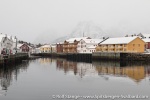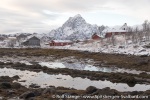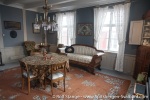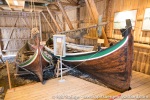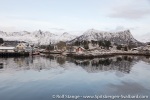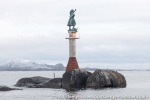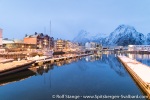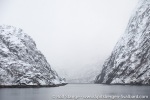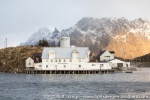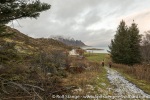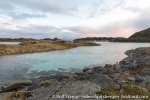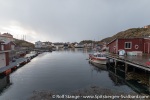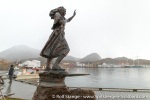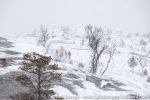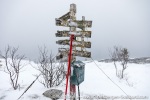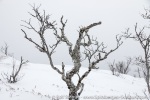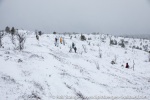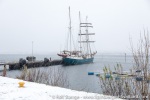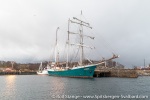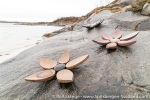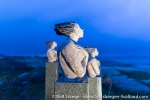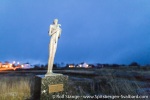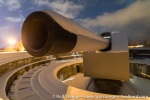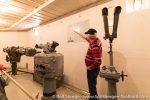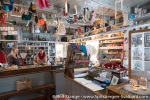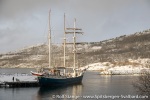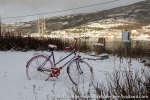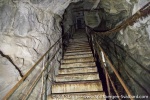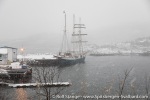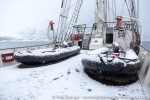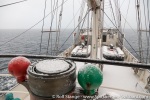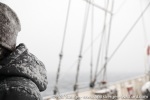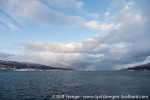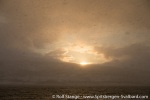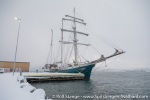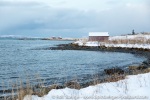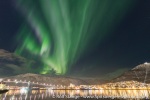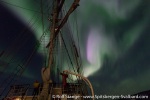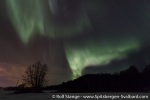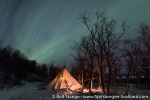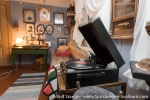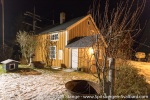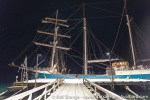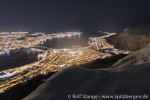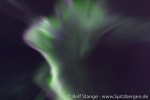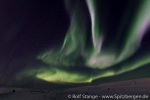-
current
recommendations- Liefdefjord
New page dedicated to one of Spitsbergen's most beautiful fjords. Background information and many photos.
- New Spitsbergen guidebook
The new edition of my Spitsbergen guidebook is out and available now!
- Liefdefjord
New page dedicated to one of Spitsbergen's most beautiful fjords. Background information and many photos.
Seitenstruktur
-
Spitsbergen-News
- Select Month
- April 2024
- March 2024
- February 2024
- January 2024
- December 2023
- November 2023
- October 2023
- September 2023
- August 2023
- July 2023
- June 2023
- May 2023
- April 2023
- March 2023
- February 2023
- January 2023
- December 2022
- November 2022
- October 2022
- September 2022
- August 2022
- July 2022
- June 2022
- May 2022
- April 2022
- March 2022
- February 2022
- January 2022
- December 2021
- November 2021
- October 2021
- September 2021
- August 2021
- July 2021
- June 2021
- May 2021
- April 2021
- March 2021
- February 2021
- January 2021
- December 2020
- November 2020
- October 2020
- September 2020
- August 2020
- July 2020
- June 2020
- May 2020
- April 2020
- March 2020
- February 2020
- January 2020
- December 2019
- November 2019
- October 2019
- September 2019
- August 2019
- July 2019
- June 2019
- May 2019
- April 2019
- March 2019
- February 2019
- January 2019
- December 2018
- November 2018
- October 2018
- September 2018
- August 2018
- July 2018
- June 2018
- May 2018
- April 2018
- March 2018
- February 2018
- January 2018
- December 2017
- November 2017
- October 2017
- September 2017
- August 2017
- July 2017
- June 2017
- May 2017
- April 2017
- March 2017
- February 2017
- January 2017
- December 2016
- November 2016
- October 2016
- September 2016
- August 2016
- July 2016
- June 2016
- May 2016
- April 2016
- March 2016
- February 2016
- January 2016
- December 2015
- November 2015
- October 2015
- September 2015
- August 2015
- July 2015
- June 2015
- May 2015
- April 2015
- March 2015
- February 2015
- January 2015
- December 2014
- November 2014
- October 2014
- September 2014
- August 2014
- July 2014
- June 2014
- May 2014
- April 2014
- March 2014
- February 2014
- January 2014
- December 2013
- November 2013
- October 2013
- September 2013
- August 2013
- July 2013
- June 2013
- May 2013
- April 2013
- March 2013
- February 2013
- January 2013
- December 2012
- November 2012
- October 2012
- September 2012
- August 2012
- July 2012
- June 2012
- May 2012
- April 2012
- March 2012
- February 2012
- January 2012
- December 2011
- November 2011
- October 2011
- September 2011
- August 2011
- May 2011
- April 2011
- March 2011
- February 2011
- January 2011
- December 2010
- November 2010
- September 2010
- August 2010
- July 2010
- June 2010
- May 2010
- April 2010
- March 2010
- February 2010
- November 2009
- October 2009
- August 2009
- July 2009
- June 2009
- May 2009
- April 2009
- March 2009
- February 2009
- January 2009
- December 2008
- November 2008
- October 2008
- August 2008
- July 2008
- June 2008
- May 2008
- April 2008
- March 2008
- February 2008
- April 2000
- Select Month
-
weather information

| THE Spitsbergen guidebook |
Home →
Yearly Archives: 2019 − News & Stories
Lance out of the ice, Ousland-Horn-expedition finished
The adventurers Børge Ousland and Mike Horn are back on solid ground. The research ship Lance has reached Longyearbyen on Saturday and Ousland’s and Horn’s recent crossing of the Arctic Ocean is thus finished. They started in September at 85 degrees north in the Bering Strait sector of the Arctic Ocean, which they had reached with Horn’s sailing boat Pangaea. Horn and Ousland passed the north pole in October. They spent 87 days in the ice, not including the ship-based parts of the expedition.
The original plan was to pick them up from the ice edge north of Spitsbergen with Pangaea, but the operation turned out to be more challenging than expected. As it turned out, the ice-going Lance went into the ice to meet the adventurers. Lance had to move quite far into the drift ice and a helicopter had to be used for the pickup. Even Lance was then not able to leave the ice: the arrival in Longyearbyen, originally expected around 10 December, was finally last Saturday, 28 December, after about 3 weeks of being stuck in ice. A lot of manual work with sawing and carrying ice was done during attempts to get the vessel free. Out of 22 persons originally on board, 3 were evacuated by helicopter. Medical reasons played a role in this. Dynamite was requested to blast the ship free when the helicopter was scheduled, but the transport was finally refused for safety reasons.
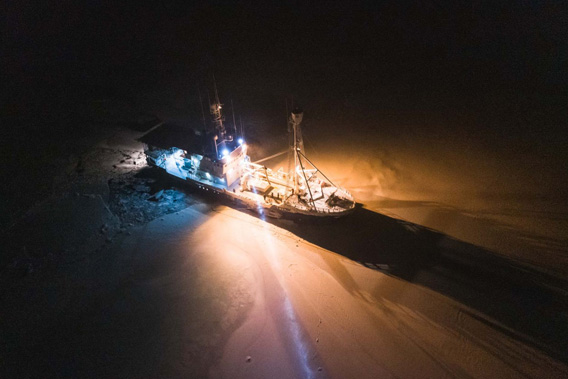
Lance in the ice. Photo © Etienne Claret.
The expedition has drawn considerable media attention, both locally and beyond. Svalbardposten was one of many media that covered the expedition in some detail.
Polar bear back in Longyearbyen
The polar bear that had been in Longyearbyen on Thursday morning was back back early Saturday. On Thursday, it was pushed out of the settlement by the Sysselmannen with the helicopter to the south and towards Fardalen and Colesdalen.
Also this time, the Sysselmann was soon alerted and out with available forces. Again, the helicopter was used to scare it away to the south. This time, the plan was to push it as far south as Van Mijenfjord, 40 km south of Longyearbyen as the crow flies.

Polar bear in Longyearbyen (Thursday morning). Photo © Sysselmannen på Svalbard.
Also this distance, from Van Mijenfjord to Longyearbyen, is not much of an obstacle for a polar bear in case he (she?) decides to return. The Sysselmannn asks the public to remain alert, especially during late night and early morning hours (it is dark now 24 hours anyway, but there is little traffic at those times) and to stay inside in case a bear is seen in the area.
It was considered to anaesthetize the bear and to fly it away to an island more remote within Svalbard such as Nordaustland, but according to an official statement, the capacities for such an operation are currently not available in Longyearbyen due to the Christmas holidays.
Polar bear in Longyearbyen
Spitsbergen is polar bear country, even more so in recent years as the species has seen a remarkable recovery since full protection in 1973 after years of intense hunting. In recent years, it has become pretty normal again to see bears on the west coast of Spitsbergen, also close to the settlements. All of them had polar bears in their vicinity or even in the settlement areas in 2019.
Longyearbyen has now had a Christmas polar bear in town on Thursday morning. The bear was seen at about half 7 in central Longyearbyen. It was walking in the pedestrian area near shops, restaurants and dwelling houses.
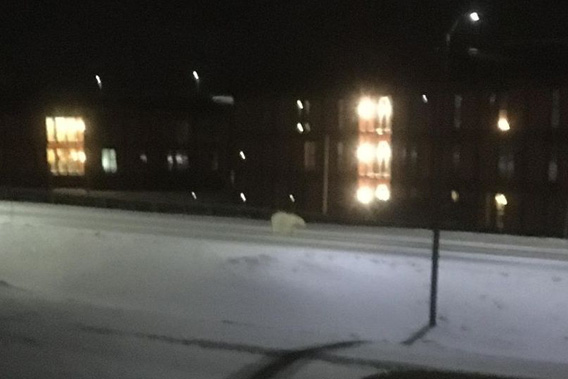
Polar bear in central Longyearbyen, Thursday morning near 06.30.
Photo © Marie Lørup Stenshøj.
The Sysselmannen (police) was soon on site and used a helicoter to push the bear out of the settlement to the south, up Longyearbreen (Longyear glacier), through Fardalen and into Colesdalen to be as certain as possible that there is no more immediate danger.
The incident shows that it is important to take the risk of meeting polar bears seriously. This is true anywhere and at any time in Svalbard, but especially during the dark season and in the early morning hours, when there is little traffic that would be likely to see a bear near town before you happen to meet it.
Dark season in Longyearbyen: culture, polar bears, storm and icy adventures
The dark season (polar night) began in Spitsbergen more than a months ago. Last sunday, the Advent season was opened following good tradition: the children went to the postbox under mine 3 (near Nybyen, the “father Christmas mine”) and left letters with their Christmas wishes. Then the lighting on the Christmas tree in Longyearbyen centrum was turned on, of course accompanied with a happy little ceremony where many people join.
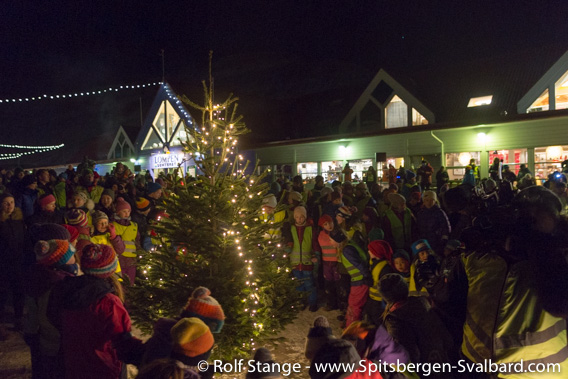
The Christmas tree Longyearbyen.
The dark season is traditionally often a calm period – finally, you have some time to enjoy culture, such as the “Kunstpause” with various events within arts and literature over a couple of days in Longyearbyen.
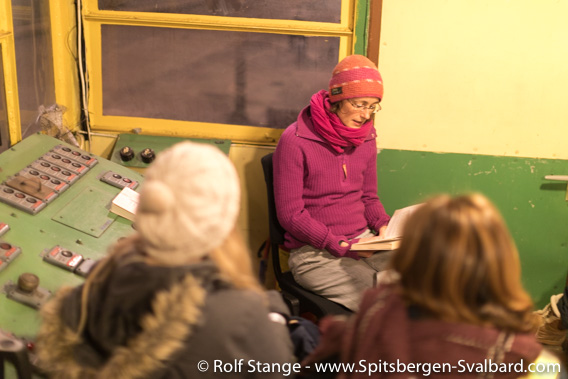
Literature event in the old coal cableway station in Longyearbyen as part of the Kunstpause:
Elke Morgner reads in German and Norwegian from “The Terrors of Ice and Darkness” by Christoph Ransmayr.
The Polish station in Hornsund had a rather aggressive polar bear around for a while. Despite of various attempts with noise etc., the bear just did not want to leave. It actually attacked a dog that was so severely injured that it had to be euthanised later. Altogether obviously a pretty tough experience for the Hornsund crew.
Yesterday (05 December) a winter storm moved through Spitsbergen, bringing days of poor weather with a lot of wind and rain also to mainland Norway. There was enough snow and wind in Longyearbyen to make houses shake and push the avalanche warnings up the scale. But nothing worth mentioning happened in the end. Winter weather.
The adventurers Børge Ousland and Mike Horn are about to return from an expedition of several months across the sea ice in the Arctic Ocean. The have achieved a position north of Spitsbergen where they are about to be picked up soon, according to the plan. The expedition sailing boat that had dropped them off north of Russia does not seem to be involved in the pickup, but the Lance is in the area to get Ousland and Horn on board – they are keen on the term “rescue” NOT to be used. Well. Anyway, the Sysselmannen’s helicopter is always ready when it is needed. The adventurers can be sure to receive a lot of public attention, not the least in the local newspaper Svalbardposten which has covered the story already a couple of times.
It is mostly office season in the spitsbergen-svalbard.com publishing house. What I am doing these days while I am not travelling? Well, last week I had my annual short run of public presentations, which was good fun – thanks to all who came!
There is often the question why I don’t publish my books, at least the Spitsbergen guidebooks, as ebooks. Well, this is actually an idea that I have been going around with for several years now. And I have already spent quite some time with the technicalities that are connected to such a project. It does require some work and know-how if you want it to be good in the end, and obviously, nothing else would be acceptable. I am not going to bother you with any further technical details. Just one: if you want to publish an ebook on the large platforms, something that is critical for any such project, then you need a US tax number. In theory that should not be too much of a problem. In reality, I just got my second application turned down, altough I even had a specialised lawyer to help me. That is also a way to waste time, money and motivation …
So I rather spent some time to develop another couple of polar panoramas. Start here if you want to discover some new places in Svalbard:
- Andréeneset on Kvitøya. The place became famous when the remains of the Andrée expedition were found there in 1930. In 2018, I finally managed to shoot a panorama here. It is not a place where you get too often, and then there is usually a polar bear hanging out there somewhere …
- Bratliekollen and Irgensfjellet on Blomstrandhalvøya. Great views over Kongsfjord!
- Seligerbreen (next to Monacobreen) in Liefdefjord. New land “thanks” to retreating glaciers and thus due to climate change.
- Hamburgbukta on the northern west coast. A beautiful bay and obviously not unknown to the early whalers.
- Kvedfjordbukta south of Hamburgbukta. A rarely visited but beautiful part of Spitsbergen’s west coast.
- Dunøyane and Isøyane are little arctic paradise islands on Spitsbergen’s west coast, north of Hornsund .
- Diesetsletta is a lovely, wide-open coastal plain north of Kongsfjord. It takes a bit of luck with the weather to get to such places.
- Have a look at Finneset if you are interested in the history of Spitsbergen. This place had a whaling station and Spitsbergen’s first whaling station in the early 20th century.
- Some more history, this time from darker periods: the wreck of a German fighter plane at Kapp Borthen.
- Does anyone feels like joining me on a long tour with great views of arctic winter landscapes on the mountain Operafjellet?
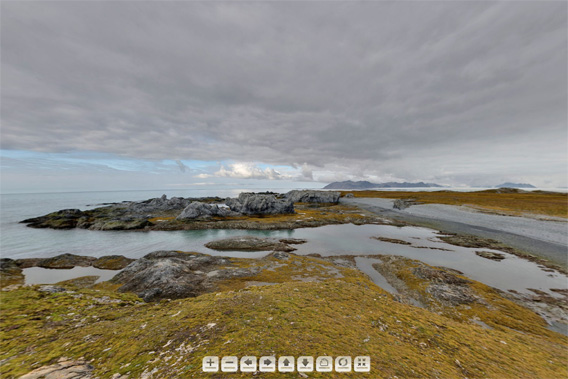
Panorama (Screenshot) of Nordre Isøya, on the west coast north of Hornsund. Click here to find the real panorama that you can turn around.
And there is of course alway work going on with new books, updates of existing books, translations and so on.
Soon I will have more Longyearbyen kitchen slats and Spitsbergen driftwood picture frames in the online shop! It does take some time for things to arrive, especially stuff that does not fit easily in the pocket … the new picture frames are not yet available in the shop, but they will soon be there.

What is the bearded seal doing in Longyearbyen? 🙂
Kabelvåg, Svolvær & Laukvik
Sat
2 Nov
2019
We spend the morning in Kabelvåg, the former “capital” of Lofoten, a powerful place for centuries until it lost its importance in recent history. But it is still a lovely place with an interesting saltwater aquarium and an equally interesting history museum. The richness and the power of the merchants next to the poverty of the fishermen. A strong contrast.
Gallery – Kabelvåg, Svolvær & Laukvik
- gallery anchor link: #gallery_1783
Click on thumbnail to open an enlarged version of the specific photo.
The hike to Svolvær was both lovely (regarding scenery) and wet (regarding terrain). Those who stayed on board of SV Antigua for the short passage to Svolvær had some more time to explore the modern-day capital of Lofoten before we visited the northern light centre in Laukvik in the evening.
Trollfjord – Skrova
Fri
1 Nov
2019
Trollfjord is one of the most famous places in Lofoten. It is so easily acceessible by ship and the landscape is stunning.
And it still is even if you don’t see all of it. The mountain peaks were hidden in clouds. But we saw actually more of Trollfjorden than we had expected … and then, we could even set some sails!
Gallery – Trollfjord – Skrova
- gallery anchor link: #gallery_1780
Click on thumbnail to open an enlarged version of the specific photo.
Later we entered the little harbour of Skrova, a small island far north in Vestfjord that belongs to Lofoten. Lovely harbour. Lovely scenery. Lovely walks. Lovely hiking. Lovely BBQ by Sascha and his team. Weather – less lovely, mostly. But we even got some northern lights later that evening. Lovely.
Skarberget & Tranøy
Thu
31 Oct
2019
We are a good bit further south and now we are in the Lofoten area. Not yet Lofoten proper, but we could see them from here if it was clear. “Here” is Tysfjord, a large, beautiful fjord that is cutting into Norway opposite of the northern Lofoten islands.
You can make lovely hikes in this area. We opt for Skarberget. Weather-wise, it took a bit of motivation, but then … it is great as soon as you are out there, with snow and fresh wind! The views are not quite as amazing as they might be on a clear day, though.
Gallery – Skarberget & Tranøy
- gallery anchor link: #gallery_1777
Click on thumbnail to open an enlarged version of the specific photo.
Later we move over to Tranøy. Again some amazing maneouvring by Mario to get alongside in this tiny littl port. The art park of Tranøy is waiting for us! Who cares about cold, darkness and rain if you can go out and see various pieces of art!
Yes, the weather. Could be better.
Skrolsvik & Harstad
Wed
30 Oct
2019
We arrive at Skrolsvik on the southwestern point of Senja at breakfast time. Sun and snow are bathing the landscape in ever-changing winter light.
You can do everything from short walks to mountain climbing here. We are happy with a good walk up a mountain slope or an easy walk following a path to the coast. There are also some fortifications here which the Germans built during the war.
The owners of the old store („Gammelbutikken“) are so kind to open especially for us. The lovely wooden building was built in 1870 and it served as the local store for all kinds of daily use stuff from 1925 to 1992. Now it is kept as kind of a museum. And you can still buy all sorts of lovely things here.
Gallery – Skrolsvik and Harstad
- gallery anchor link: #gallery_1765
Click on thumbnail to open an enlarged version of the specific photo.
Then we continue to Harstad on the island of Hinnøya which belongs to Vesterålen. The Germans (again …) put up some crazy guns and fortifications here during the war. The historical museum and the medieval church are unfortunately closed today.
Skjervøy, Nord-Lenangen
Tue
29 Oct
2019
We departed late night from Finnkroken and set course to the northeast, to Skjervøy, with high hopes to find orca that had been seen there recently. But the weather had different ideas. It did not make much sense to try to find whales in force 6-7 winds, so we just turned and set sail, which was lovely in the snow …
Gallery – Tromsø – Finnkroken
- gallery anchor link: #gallery_1762
Click on thumbnail to open an enlarged version of the specific photo.
… and a couple of hourse later we were in Nord-Lenangen, a calm little place in a silent fjord – lovely winter scenery and atmosphere!
Later, back on board, we got into the northern light mode and made preparations for further sightings by having a look at the photography side of it (if you are interested, then have a look at Rolf’s northern light page for a refresher). Then we set course to the south, passing Tromsø, and then heading for Senja.
Tromsø-Finnkroken
Tue
29 Oct
2019
A lovely early winter day in Tromsø, on 70 degrees north – cold and clear, calm and sunny.
Everybody is coming on board SV Antigua in the late afternoon. It feels like late evening, but it is really just the late afternoon – sunset just after 15.00 hours and it is kind of getting dark an hour later.
But the lights up there are turned on again. First class northern lights! We enjoy the magic in the harbour, with the lights above the long bridge and the famous cathedral, and during the first miles of our voyage.
We go alongside after two hours sailing in Finnkroken on the island of Reinøya. A tiny little pier and the chance for an evening walk and to put the tripod up on solid ground – the northern light show is still going on.
Gallery – Tromsø – Finnkroken
- gallery anchor link: #gallery_1759
Click on thumbnail to open an enlarged version of the specific photo.
We get a very warm welcome. What a pleasant surprise! There are indeed people here who do not mind to see tourists! Jo Martin is one of a dozen people who are living here (is it really that many?). He is the owner of an old trading post next to the pier. It was founded in 1802 and it is really a bit of a time capsule! At the same time, there is a path into the wood which is marked by torches, so we can easily find the way to a lavvo (large tent) which is heated by a fire inside – while the northern lights are dancing on the sky! How good is that!? Incredible! What a great start into the voyage!
Tromsø – 26th October, 2019
Mon
28 Oct
2019
The polar night is about to start – the last sunset and sunrise in Longyearbyen are today. In Tromsø, we are about to start again, exploring the north under sail with SV Antigua. The light of the north, northern lights, beautiful landscapes and places with a taste of winter, orcas – that is a substantial part of our wishlist for the next week.
But now, there is still time to get a few things done here in Tromsø. New Spitsbergen driftwood picture frames and kitchen slats need to get on their way (I thought I may just mention that 🙂 ), I want to meet some friends and in the evening, there are some impressive fireworks on the night sky!
Gallery – Tromsø – 26th October 2019
- gallery anchor link: #gallery_1756
Click on thumbnail to open an enlarged version of the specific photo.
Spitsbergen-reindeer: new and complete population count
The Spitsbergen-reindeer, also known as Svalbard-reindeer, has seen a lot of ups and downs since it came to Spitsbergen from the Russian Arctic thousands of years ago. It became a sub-species on its own which is not found anywhere outside Svalbard. Nevertheless, it was hunted almost to extinction until it was finally protected by the Norwegian government in 1925 – soon after the Spitsbergen Treaty had given Norway the power to do this. Estimates of the reindeer population from the early 20th century are a mere 1000 animals – for the whole Spitsbergen archipelago!

Spitsbergen-reindeer: two strong males. Straumsland, east Spitsbergen.
Spitsbergen reindeer can disperse, and while doing so, they can cross glaciers, solid fjord ice and even drifting sea ice. Otherwise, they would obviously never have made it to Spitsbergen in the first place. But as long as they are happy in a given area, they tend to stay where they are, so it can take many decades until they re-populise remote areas where they became extinct in the past.
The local populations are subject to strong dynamics. Weather extremes are an important factor: in bad years, when strong rainfall on snow-covered ground in the winter with subsequent freezing covers the tundra with a layer of ice, many reindeer can starve to death later when the fat reserves are used up and the vegetation is still under ice. This is especially the case when the population is actually already too big for the area. In Adventdalen near Longyearbyen, the population has doubled in the last 10 years.
Other reindeer may die during accidents in steep and slippery terrain after winter rainfall. In the winter of 2018-2019, several reindeer died in the vicinity of Longyearbyen, where strong rainfall occurred in December. Some had obviously fallen down steep slopes, while have probably starved to death later. In such cases, local populations may experience a significant decrease. If such episodes happen several times over subsequent years, it may even lead to local exctinction. The event of the 2018-19 did, however, not have significant consequences for the local population.
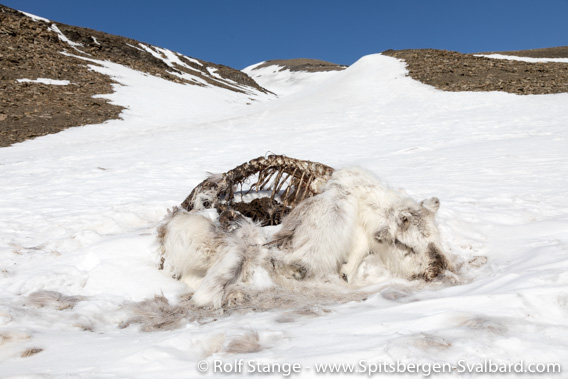
Dead Spitsbergen-reindeer at Operafjellet, east of Longyearbyen:
the exact cause of death is unknown, but either falling down from a steep, icy slope or starvation are likely.
On the other hand, the population may increase again quickly in good years. In spring 2017, for example, reindeer in Adventdalen increased quickly again in numbers due to favourable conditions.
Next to weather fluctuations, climate change is an important factor on a longer time scale, moving from months and single years (weather) up to decades (climate): an increasing frequency of strong winter rainfall may make life more difficult for reindeer, while more luxurious growth of tundra vegetation can provide more food, supporting a bigger population. Currently it seems as if Spitsbergen reindeer benefit from increased vegetation growth at least in some areas. On top of that comes the population recovery after the ban on hunting in 1925, a development that is probably still going on as reindeer continue to move back to areas where there were no reindeer in decades during the 20th century.
It becomes evident that reindeer population dynamics are a complex matter which is influenced by a number of factors. Reason enough to have a good look at the current population. Earlier estimates where rather fragmental in space and time. Now, a team of scientists made a proper census for the whole Svalbard archipelago. Proper counts where completed with distance sampling of transects where necessary to cover large and mostly rather inaccessible areas. The group around biologist Mathilde Le Moullec has now published their results in The Journal of Wildlife Management.
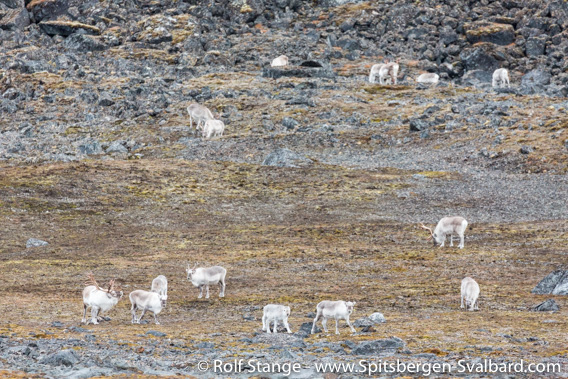
Unusually large group of reindeer in Krossfjord, an area where reindeer did not exist during decades or even centuries.
The key message: the total population of reindeer in Svalbard is now estimated at a good 22,000 animals. The “exact” number is 22,435, with a 95% confidence interval from 21,452 to 23,425. In 2009, the number was still estimated between 10,000 and 11,000. Today’s larger number may at least partly have to do with an actually increased population, including an increase in population because of recovery from past excessive hunting, as a consequence of protection in 1925, but the better quality and the more complete spatial approach are certainly also likely to be a significant factor influencing the now updated numbers.
Today, reindeer are even found again in remote areas as Kong Karls Land, where they did not occur over longer periods, although they existed there before Europeans started to frequent Spitsbergen in 1596, when Willem Barentsz discovered the islands.
The population density varies a lot between different areas. Vegetation is believed to be a key factor. In some areas, they may be up to 10 reindeer per square kilometre – locally, even more – while one animal will need the same area or more on its own to find enough food in sparsely vegetated areas such as the polar desert landscape of Nordaustland.
The recent study was published on 04 October: Mathilde Le Moullec et al (2019), A Century of Conservation: The Ongoing Recovery of Svalbard Reindeer. In: The Journal of Wildlife Management, Vol. 83, 1676-1686.
Fine for disturbance of polar bears in Tempelfjord
A man from Longyearbyen got a fine of 15,000.00 kroner (ca. 1500 Euro) because he disturbed polar bears during a private snow mobile tour in Tempelfjord in 10 March, 2018. He is said to have approached the bear with the snow mobile to a distance of 70 metres so the bears were visibly disturbed and moved away.
The incident was seen by witnesses who were out on tour on the neighbouring mountain Fjordnibba. The man was soon stopped by field police. A second man who was also involved could not be identified.
Because of the increase of snow mobile traffic, the Sysselmannen has announced to take strong action in such cases to make it clear beyond any doubt that the protection of the wildlife is of highest priority. In the current case, the fine has been imposed by the state advocate in north Norway, as revealed by the Sysselmannen.
The case caused some debate in social networks in Longyearbyen. Only a few days later the fjord ice in Tempelfjord, until then a popular destination both for locals and tourists, was closed for most motorised traffic.
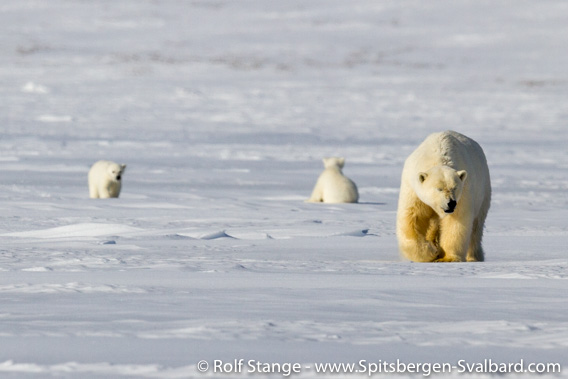
Polar bears in Tempelfjord (or elsewhere, for that matter): any disturbance is strictly forbidden.
According to the Spitsbergen environmental law (Svalbardmiljølov kapittel IV § 30) “it is forbidden to attract, to follow or seek out by any active act, polar bears so these could be disturbed or there may be danger for humans or polar bears (original text: Det er forbudt å lokke til seg, forfølge eller ved annen aktiv handling oppsøke isbjørn slik at den blir forstyrret eller det kan oppstå fare for mennesker eller isbjørn.)
Northguider: salvaging operation postponed until 2020
The salvaging operation of the shrimp trawler Northguider, that ran aground at Sparreneset in Hinlopenstretet in Svalbard in the end of December 2019, turned out to be more difficult than expected, as reported recently. Now it has been decided that further operations are postponed until 2020, according to a press release from Kystverket, the Norwegian coastal and maritime authority.
Due to the new information about the hull being more strongly damaged than thought before, new planning is needed and probably new technology, while the polar night is about to start in these latitudes.
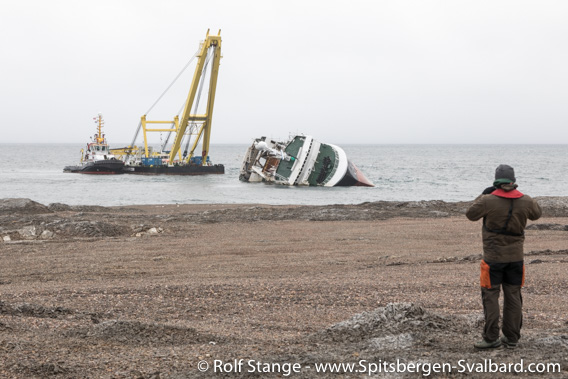
Grounded shrimp trawler Northguider at Sparreneset in Hinlopenstretet, august 2019.
In other words: nothing will happen with the wreck of the Northguider, which is still sitting on rocks just off the shore of Nordaustland, before the summer of 2020 – or, rather, nothing other than what the forces of nature, ice and weather, will do with the wreck. If there is then anything left to be salvaged in 2020 is something that only time can tell.
Salvaging Northguider proves more difficult
Salvaging the shrimp trawler Northguider, which ran aground in Hinlopenstretet in December last year, has turned out to be more difficult than thought before, as the Norwegian coastal adminstration authority Kystverket reports in a press release. The hull is more severely damaged than expected which makes the operation according to the initial plan impossible.
Northguider ran aground in late December 2018 at Sparreneset south of Murchisonfjord. The ship owner is required to remove the wreck within 2019, but this is now becoming doubtful: the polar night is soon to start, the sun will not rise above the horizon anymore for 4 months from late October. Shipping is not impossible during the dark season, but if a complicated salvaging operation can be carried out safely and successfully without daylight is an entirely different question.
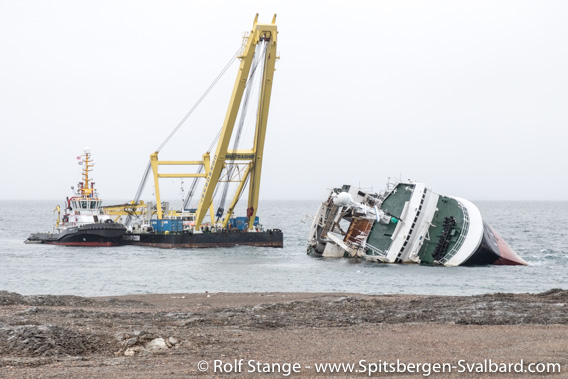
Salvaging vessels and the grounded trawler Northguider at Sparreneset in Hinlopenstretet, August 2019.
The salvaging vessels arrived on location only rather late in the summer, and then the operation was delayed repeatedly by severe ice and weather conditions. Only recently the wreck could be turned into an upright position and then it became appearent that damages on Northguider’s hull are far more extensive than expected. An area of 12×5 metres is said to be impacted.
Now all the players involved, including the coast guard, Kystverket, the ship owner Opilio AS, the insurance company and the salvaging company SMIT Salvage have to come up with a new plan. It appears rather unlikely that this will all happen within 2019. Officials have already mentioned postponing the operation until 2020 as an option. But if Northguider will still be there in the summer of 2020, after months on end with ice and severe weather, and in a condition that allows removing the wreck, will remain an open question until then.
News-Listing live generated at 2024/April/18 at 06:26:30 Uhr (GMT+1)
